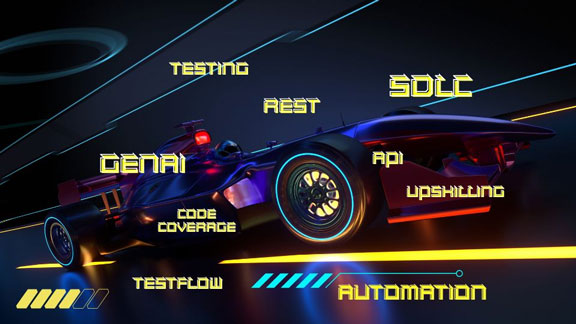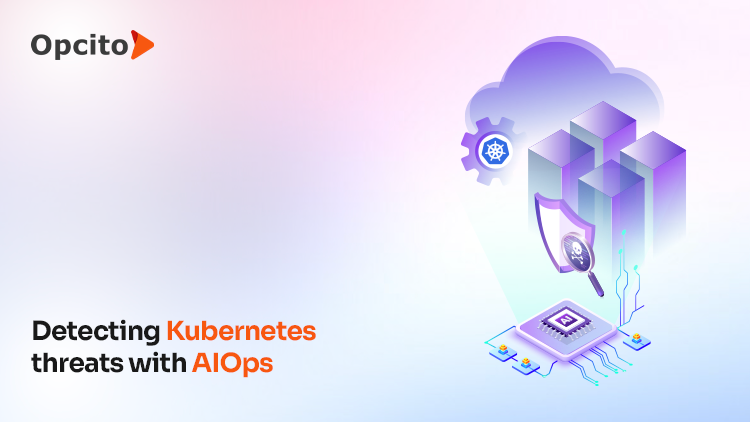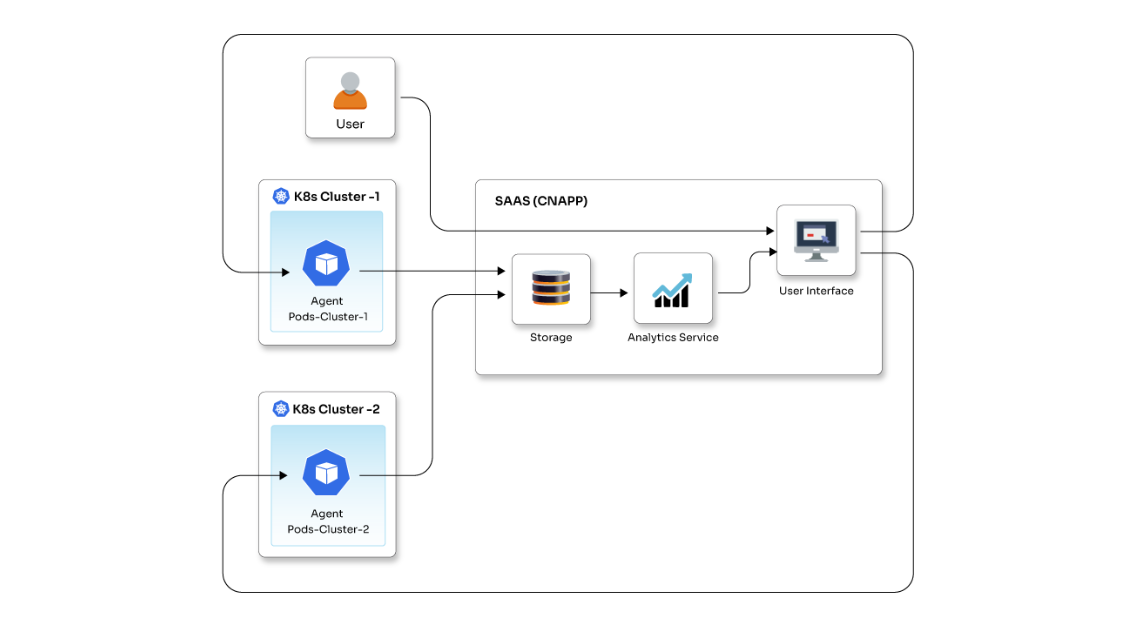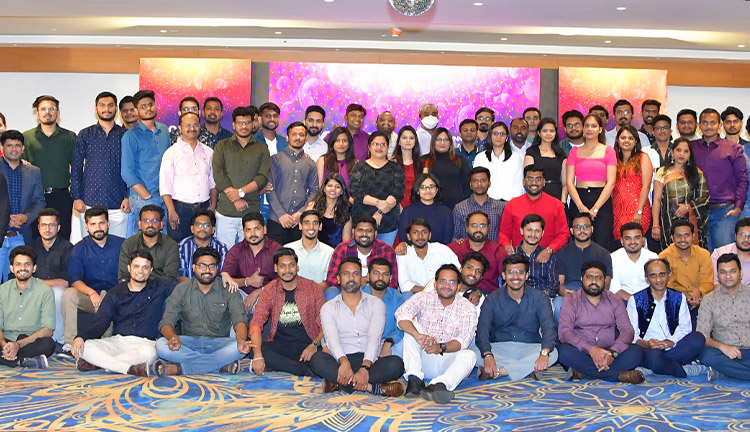How are WebAssembly, Kubernetes, and Docker related?

Posted By
Sachin Warke

WebAssembly (WASM) has taken the web by storm recently, revolutionizing web application development and bringing near-native performance to the browser. Features like near-native performance, broad language support, security and sandboxing, and portability have reshaped how developers develop and experience web applications.
This transformative capacity has led industry leaders to explore its server-side potential. There are suggestions that WASM could potentially disrupt the current landscape dominated by Docker and Kubernetes. While complete replacement may be premature, the potential for WASM to significantly impact how we build, deploy, and manage applications is undeniable. In this blog, I want to discuss the exciting possibilities of WASM on the server side, exploring its strengths, limitations, and potential impact on the future of containerization and orchestration.
Why is WASM entering the server side of things?
The many benefits that WebAssembly brings have generated a lot of interest among developers worldwide. Since it is platform agnostic, WASM binaries are highly portable and can run seamlessly across diverse operating systems and architectures. They perform exceptionally well, offering near-native execution speeds, significantly outperforming traditional JavaScript-based web applications. Because it executes in a secure sandboxed environment, it minimizes the risk of security vulnerabilities. To top it all, WASM model sizes are smaller in size compared to container images, leading to faster deployment and reduced resource consumption. This has led to many users asking: Will WASM replace Docker, and will WASM replace Kubernetes? Let's dive straight into these questions.
Will Wasm replace Docker?
Wasm and Docker serve distinct purposes. Docker excels at packaging, deploying, and orchestrating complex applications with their dependencies. Its mature ecosystem and robust tooling make it a cornerstone of modern containerization. While Wasm offers significant performance and security advantages, it's not designed to replace Docker's core functionalities.
Instead of replacing Docker, Wasm can be seamlessly integrated within the Docker ecosystem. Wasm modules can be packaged within Docker containers, allowing developers to leverage the benefits of both technologies. This approach enables easier deployment and management of Wasm applications using existing Docker workflows and tools.
Will Wasm replace Kubernetes?
Kubernetes provides a comprehensive orchestration platform for managing and scaling containerized applications. Its features extend beyond essential container management, including service discovery, load balancing, and advanced scaling mechanisms.
Wasm primarily focuses on application execution and offers performance and security enhancements. It does not aim to replace Kubernetes' core orchestration capabilities.
How does Wasm interact with Kubernetes?
Efforts are underway to integrate Wasm seamlessly within the Kubernetes ecosystem. Projects like Kwasm are enabling Kubernetes to orchestrate and manage Wasm-based applications effectively. This integration allows developers to leverage Kubernetes's power and flexibility, such as its declarative configuration and automated scaling, while simultaneously benefiting from the performance and security advantages offered by Wasm.
The future of Wasm and its relationship with Docker and Kubernetes
Wasm and Docker are not mutually exclusive. Wasm modules can be packaged and deployed within Docker containers, leveraging the established Docker ecosystem for distribution and management.
The future likely involves a synergistic relationship between Wasm and Docker and Kubernetes. Wasm can enhance containerized applications' performance, portability, and security, while Docker and Kubernetes provide the necessary infrastructure for building, deploying, and managing these applications at scale.
Wasm is a promising technology with the potential to impact application development and deployment significantly. While it may not entirely replace Docker or Kubernetes, its integration with these existing technologies can lead to more efficient, secure, and innovative software solutions. As the Wasm ecosystem continues to mature and gain wider adoption, we can expect to witness increased collaboration and integration between these technologies, shaping the future of application development. Are you looking to implement WASM in your projects but don't know where to begin? Write to us at contact@opcito.com and a WebAssembly expert will guide you.
Related Blogs




















